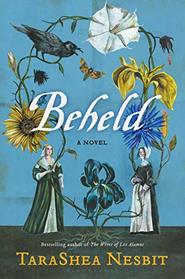Helpful Score: 2
I was sticking with this, squirming with discomfort at the flat characterisation, and the excruciating touches of Olde Worlde (c) speak (liberal doses of "methinks" and "betimes" and "doth" ... she doth this, and he doth that, and even "She scurries like a rat, dothn't she?" Dothn't? Really?)
But I was sticking with it ... until I hit page 59, and one of the characters, describing Plymouth professional soldier and militia leader Myles Standish, says that he was "a veteran of the Thirty Years War." As we are repeatedly told, the action of this novel takes place in 1630. The Thirty Years War (as we call it today. They almost certainly would never has referred to it as that in the 17th century) spanned the years 1618 to 1648.
I can see it now: "OK, boys, we have to keep fighting for another 18 years -- this IS the Thirty Years War, after all ..."
The writers of the swooning reviews quoted on the cover may have wanted to continue after a howler like that. I doth not ...
But I was sticking with it ... until I hit page 59, and one of the characters, describing Plymouth professional soldier and militia leader Myles Standish, says that he was "a veteran of the Thirty Years War." As we are repeatedly told, the action of this novel takes place in 1630. The Thirty Years War (as we call it today. They almost certainly would never has referred to it as that in the 17th century) spanned the years 1618 to 1648.
I can see it now: "OK, boys, we have to keep fighting for another 18 years -- this IS the Thirty Years War, after all ..."
The writers of the swooning reviews quoted on the cover may have wanted to continue after a howler like that. I doth not ...




